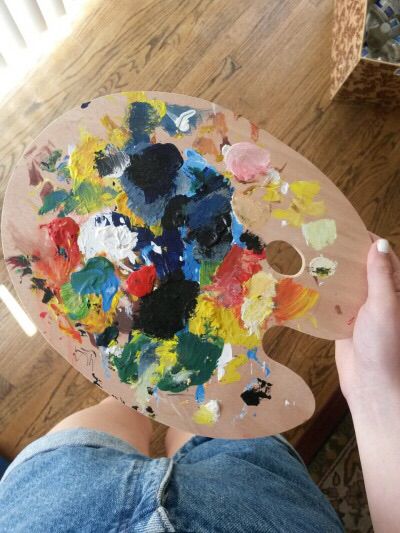Feeling antsy for a change? Look no further than paint! If you haven’t painted much before, or perhaps haven’t been all that successful in your painting adventures, it is time to reconsider the notion. Paint is one of the easiest ways to transform a space for very little money, and it’s a great hobby to pass the time and unleash your creativity. Now, you will need a few supplies to start, but if well-cared for, these tools will serve you for several projects.

Tools required: Wall spackle, sandpaper, a paint roller, roller covers, a paint tray, and a paintbrush
Optional tools: Plastic paint tray liner, paintable caulk, drop cloth, and painter’s tape
Now that your arsenal is complete, here are the tips to a fabulous finish that will spruce up your space:
- Preparation is everything; move furniture to the center of the room, remove everything from the walls, patch any holes and imperfections, remove switch plates and outlet covers and wipe down baseboards.
- Lay down your drop cloth or protective floor covering.
- Once the spackle is dry, sand the surface, running your hand over the freshly sanded surface every so often until you have reached the desired smoothness. Make sure to wipe off any surfaces that have gotten dusty as a result of your sanding.
- If gaps or spaces have developed over time between baseboards and the wall, caulk them! Many paintable caulks on the market these days have a dry time of around 20 minutes, so this shouldn’t slow your progress too much, but will produce noticeable results.
- Consider touching up your trim paint – this is an extra step, but now is the time to do it with everything prepped and ready.
- You have reached the pinnacle; it is time to transform your space. If you prefer to tape, do your taping now. If you want to try your hand at cutting in, load up your paint brush with paint, and start an inch below your ceiling or above your trim then pulling the brush toward the ceiling or trim…you may be surprised at how easy it is to do freehand. If you find you’ve colored outside the lines, grab a wet rag as soon as you see the indiscretion and wipe it up. Once the water is dry, give it another go! Now, only paint a single wall at a time; you want to make sure you are always connecting wet paint to wet paint. In other words, don’t trim out the entire room and then go back and roll, you want to trim out a wall, then roll, then move to the next wall. Rolling should typically follow a “W” pattern to avoid lines upon drying. Allow each coat to dry and repeat the process as necessary.
- Clean up! Do not let your brush get dried out before you washed the paint off.
- Step back and enjoy your masterpiece.

